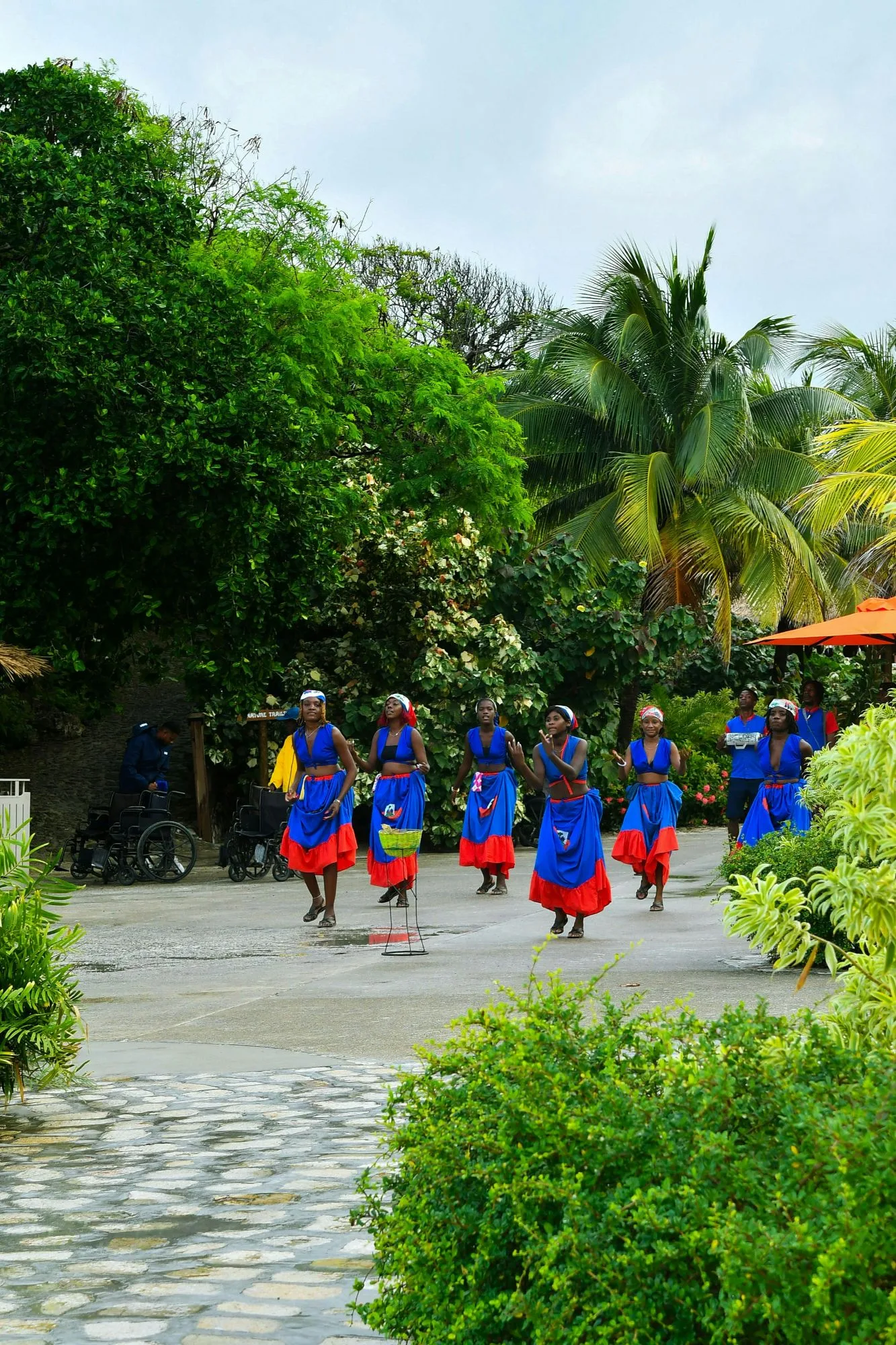
Culture and Tradition in Seychelles
Cultural Highlights in Seychelles
1. Creole Festival (Festival Kréol)
-
Held every October across Mahé, Praslin, and La Digue.
-
Celebrates Creole identity with music, dance, crafts, food fairs, and art.
-
A week-long cultural immersion, ideal for curious travelers.
2. Music & Dance – Moutya and Sega
-
Moutya: A rhythmic African-origin drum dance, UNESCO-listed in 2021.
-
Sega and Seggae: Uplifting, danceable genres combining Creole, reggae, and African rhythms.
-
Common at beach bash events and festivals.
3. Traditional Food and Cuisine
-
A delicious blend of African, French, Indian, and Chinese influences.
-
Must-try dishes: shark chutney, coconut curries, ladob, fish curry, bouyon bred.
-
Local rum brand Takamaka features in cultural tastings.
4. Festivals and Events Calendar
-
Seychelles Ocean Festival (Dec): Promotes marine conservation through diving, beach events, and photography competitions.
-
International Carnival of Victoria (Feb): A vibrant mix of music, culture, street parades.
-
La Digue Festival: Local celebrations of crafts, traditions, Creole cuisine, and dance.
5. Language & Daily Customs
-
Seychellois Creole (Seselwa) is spoken by ~91%—a national marker of identity.
-
English and French are also official; Tamil is spoken within the Indian community.
-
Daily gestures like “party zot kot” (from Creole “pray”) blend warmth and courtesy.
Travel Tips & Cultural Etiquette
-
Dress and behave respectfully—cover shoulders and knees at religious sites, and follow local customs.
-
Support local artisans—visit craft markets in Victoria and La Digue.
-
Attend traditional dance evenings at community centers or resorts—enjoy drumming, chant, and performance.
-
Use local language—simple greetings like “bonzour” (good morning) go a long way.
-
Combine cultural + eco experiences—visit Vallée de Mai (UNESCO), coco de mer, orangutans, giant tortoises and local rangers.
Where to Experience Local Culture
-
Victoria (Mahé): Cultural hub with museums, markets, Carnival, and craft streets
-
La Digue: Quiet island traditions, the Feast of the Assumption, and intimate community events
-
Praslin: Home to Vallée de Mai and Creole Festival hub activity
-
Curieuse, Cousin, Aldabra: Nature-rich islands with community-led conservation and traditional artistry
Travel Tips
-
Trip.com – Book cultural excursions: rum tastings, Creole cooking classes, dance workshops, plus island flights and hotels
-
Kiwi.com – Plan multi-island travel efficiently with price alerts and flexible flight paths
Summary
Seychelles offers more than white-sand beaches—it’s a living tapestry of creole heritage, dance rituals, flavorful cuisine, and vibrant festivals. From drum dances under the stars to delicious local fare, every moment is an invitation to experience the islands’ warm heart.
FAQs
Q: What is the main cultural festival in Seychelles?
A: The Creole Festival in October celebrates food, music, dance, and crafts.
Q: What is Moutya?
A: A traditional African-rooted drum dance from the slave-era culture, UNESCO-listed in 2021.
Q: Which language should I use?
A: Seychellois Creole is most common; English and French are also widely understood.
Q: When is the best time to experience culture and festivals?
A: April–May and October–November are ideal—dry season and peak festival season.
Q: Can I attend local cultural events?
A: Yes—many events are open to visitors when booked via local guides or resorts, especially festive nights and markets.
